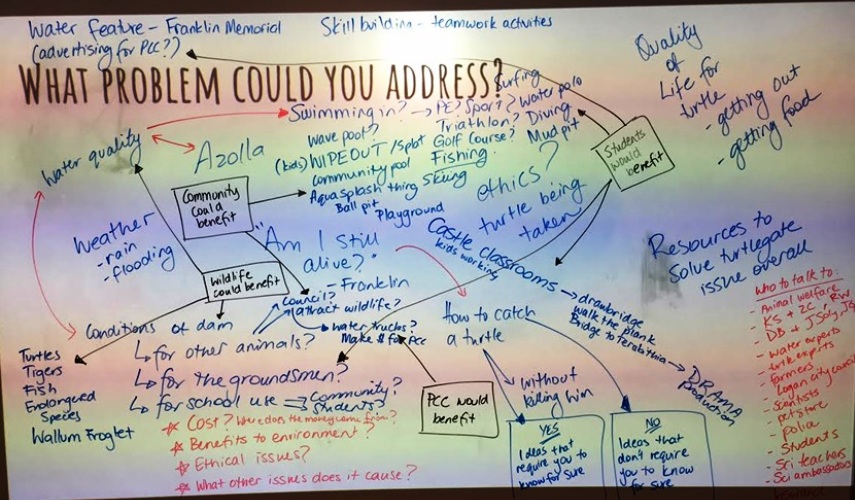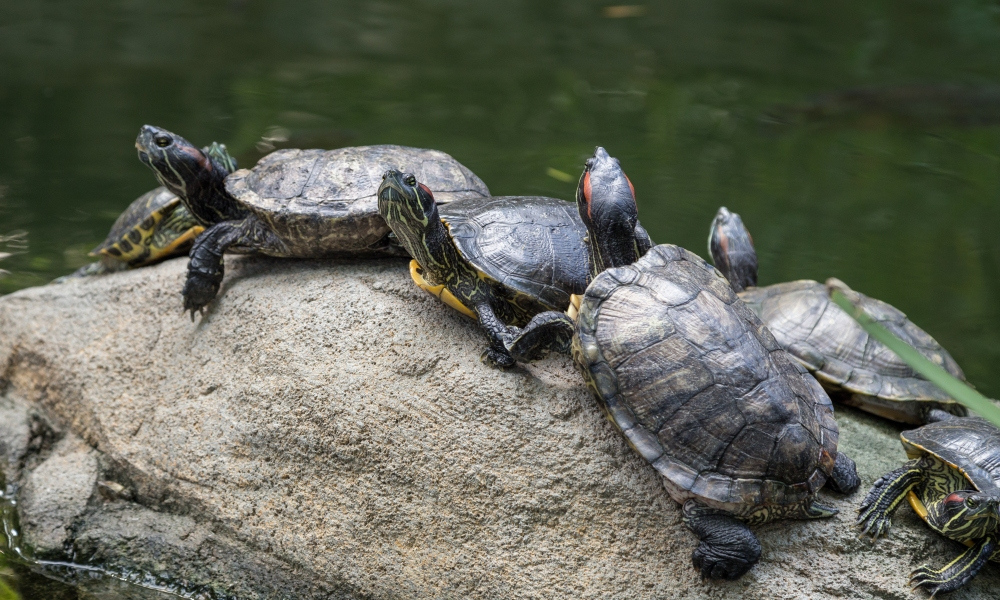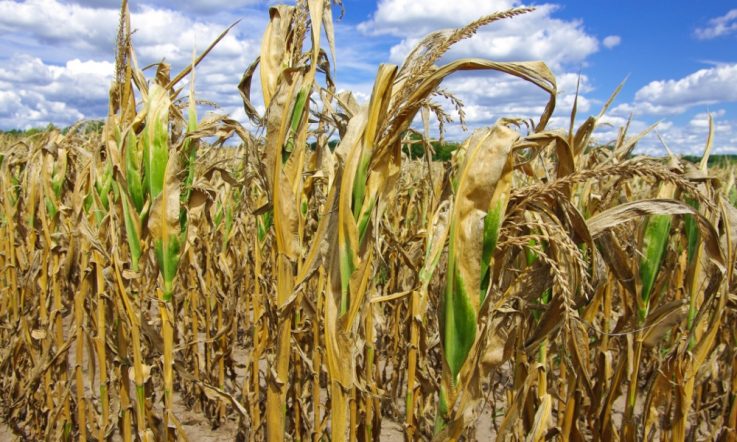Brisbane's Parklands Christian College (PCC) has introduced a new STEM Studies elective for Year 10. In this three-part series, Lead Teacher of Mathematics and Science Kristie Schulz is sharing the school's story. Here, she explains the course design and implementation process.
In a changing world with future complexities somewhat unknown, Ken Robinson (2011) suggests that creativity and its enactment through innovative practices are the key to real change. We at PCC chose to adopt a ‘transdisciplinary, applied approach' to teaching STEM (science, technology, engineering and mathematics).
This approach was developed after careful consideration, thorough research and viewing a range of other current practices in other schools. Transdisciplinary in this case means that instruction moves beyond just blending disciplines, to viewing issues through ‘layered lenses'. A layered lens looks at ‘wicked problems' through the lenses of traditional siloed knowledge bases along with 21st Century skills, requiring students to use a range of inquiry strategies, promoting a depth of understanding and adaptability of skills.
This approach is reflective of the evolving global knowledge economy, where careers are often blends of a range of disciplines – a simple example would be the skills required of a biotech engineer, rather than the pure siloed biologist. Implementation of our approach at PCC took careful consideration of which learning techniques to apply.
Storytelling as a teaching and learning tool
We began in Term 1, 2017 by giving our students their first taste at tackling a wicked problem that had no singular, obvious solution. We used the real-life story dubbed the ‘Turtlegate' incident (a legendary Parklands myth in which a turtle mysteriously went missing from the Science lab*).
Storytelling was used as a key technique for introducing the students to the world of wicked problems due to its familiarity and grounding in something known. Maxine Alterio suggests that ‘before we had the ability to articulate what we knew, felt and thought, we learned to make sense of the world through stories' (Alterio, 1999, p.1). She further suggests that storytelling is an ideal teaching and learning tool as it highlights a students' need to make sense of an experience, using a ‘culturally generated sense-making process' (p. 2).
As a culturally situated, collaborative and reflective teaching and learning tool, storytelling addresses the concern many educators have about how to encourage students to integrate feeling and thought, the subjective and objective ways in which we make judgements about our world (Alterio, 1999). Through the Turtlegate narrative, students were able to explore the problem in a number of engaging ways, including a scientific investigation into the water quality of the dam, face-to-face interviews with a range of experts, including parties who were involved in the incident, as well as developing, testing and analysing prototypes for either catching or finding the turtle (if he were located in the school's dam). Catching or finding the turtle were the two addressable issues that the students were able to draw out of the original wicked problem. Some of their other ideas are shown in Figure 1.

[Figure 1: Brainstorming Turtlegate. Image supplied]
Whilst the main purpose of using the Turtlegate story was to introduce students to difficult situations and to encourage them to think critically and creatively, there was also some explicit teaching involved. ‘Learning is described as a process whereby concepts are derived and continuously modified by experience' (Kolb, 1984, p. 26). According to Kolb, within experiential learning theory ideas are not fixed and immutable elements of thought but are formed and reformed through experience. Knowledge is continuously derived from and tested out in the experiences of the learner.
Integral to this unit are the learning experiences that allow students to personally connect with the issue. We used the wicked problem presented to model the STEM Process (an amalgamation of the scientific method and the design process (see Figure 2)). Students kept a diary log of their progress at each phase of the process, from exploring the problem to the analysis of their ideas. We did not complete the full STEM Process in Term 1, 2017, due to time constraints; students designed a prototype of their solution to the problem, tested it, then analysed its strengths and weaknesses.

[Figure 2: The STEM Process devised by staff at Parklands Christian College for the STEM Studies elective.]
Bringing in STEM industry expertise
The rest of the year was then dedicated to the students finding their own wicked problem to address. Throughout Term 2, students experienced a range of opportunities designed to broaden their understanding of the world around them, and actively seek out issues that they are passionate about. Key to this phase was the school's inaugural STEM Conference in June, sponsored by the University of Queensland.
It took the format of a one-day, formal, professional learning experience for students, who heard from a range of industries about the problems and challenges faced by their experts. The 2017 conference theme was ‘What's your problem? Challenges facing professionals within their industry.' The aim was to broaden the students' perspectives of working in STEM-related fields, sparking their imaginations to contribute by challenging them to problem solve where they can. Experts were asked a range of questions to guide their presentations, including:
- What aspects of the STEM industry are you involved in?
- What does an average day look like for you?
- What problems or issues are you working on now?
- What's the most challenging aspect of your role?
- What's the biggest challenge you can see in the STEM industry in Australia?
There were three conference sessions, each consisting of a 15-20 minute presentation from each of the experts, followed by a panel setting where delegates asked questions.
Session 1: Industry Professionals
Professionals from a range of industries, including electrical engineering and cryptography, spoke to students about the pace of change in their world, how different silos of knowledge come together to form STEM, and specific issues and problems they face. Experts included: a leader of the emergency response team for the Federal Government for cyberattacks on Australia's critical infrastructure control systems; a manufacturing excellence manager working in the global electrical power industry with large power transformers; and a registered builder and company director for an Australia-wide building company specialising in design and construction in commercial and industrial sectors.
Session 2: Social Justice Professionals
Professionals working in the social justice realm detailed their stories and how STEM solutions have played an integral part in their work with disadvantaged sectors of society, both locally and internationally. Experts included: representatives from RAW Impact, working with innovative new building materials to construct houses in Cambodia and the Philippines; and representatives from Orange Sky Laundry, mobile laundry and shower facilities providing services for homeless people in Brisbane.
Session 3: Science Professionals
Professionals working in the Science industry spoke about their pathway into the STEM field, the complexity of the issues they are working to solve, and the sometimes simplistic ways they can be solved. Experts included: a food scientist and laboratory manager working to help improve the lives of people with dysphagia in a world class market leading company; and a biotechnologist working to develop minimally invasive medical devices for simpler, effective options for patients and doctors across the world.
The conference was integral to STEM at PCC due to the contextualised nature of our program and broadened the students' scope of where STEM skills can be applied in society. After accessing a wealth of knowledge at the event, throughout Terms 3 and 4 students worked on personalised projects, aiming to design legitimate solutions for a niche within the problem.
In one project, a group of boys decided to tackle the issue of poor water quality in our school dam. They designed and purpose-built floating ‘garden beds' for a range of aquatic plants, which were held to the edges of the dam by a solar powered water fountain placed in the middle of the dam to act as an aerator. In another, a group of girls decided that they needed to empower and inspire their female classmates after researching issues such as the gender pay gap, bullying and depression in teenage girls. They hosted an in-house conference for girls in Years 8-10 with inspirational guest speakers. Some of the STEM skills utilised in this project included graphic design, logistical analysis in catering and scheduling, as well as many reflective processes.
They worked their way through the STEM Process over the course of the two terms, creating a final product that was presented. A key evaluation phase followed.
*No turtles were harmed throughout the course of this myth, it all turned out to be a misunderstanding of where the turtle was located!
Stay tuned: In the final instalment, Kristie Schulz will discuss how students taking the Year 10 elective are assessed, reflect on some of the highlights and challenges of the previous 12 months, and look ahead to plans for 2018.
References
Alterio, M.G. (1999). Using storytelling to enhance student learning. The Higher Education Academy.
Kolb, D.A. (1984). Experiential learning: experience as the source of learning and development. Englewood Cliffs, NJ: Prentice Hall.
Robinson, K. (2011). Out of Our Minds: Learning to be Creative. West Sussex, United Kingdom: Capstone Publishing Limited.
As part of the STEM Studies approach at PCC, outside experts visited the school to speak to students about the problems and challenges faced in their industries.
Is your school using outside resources to address student learning needs and improve outcomes?
Think about a curriculum area or unit of work you’d like to develop further in 2018. What expertise exists in the local community to support teaching and learning? How could you go about accessing this expertise? What will be the benefits to staff, students and the expert?



